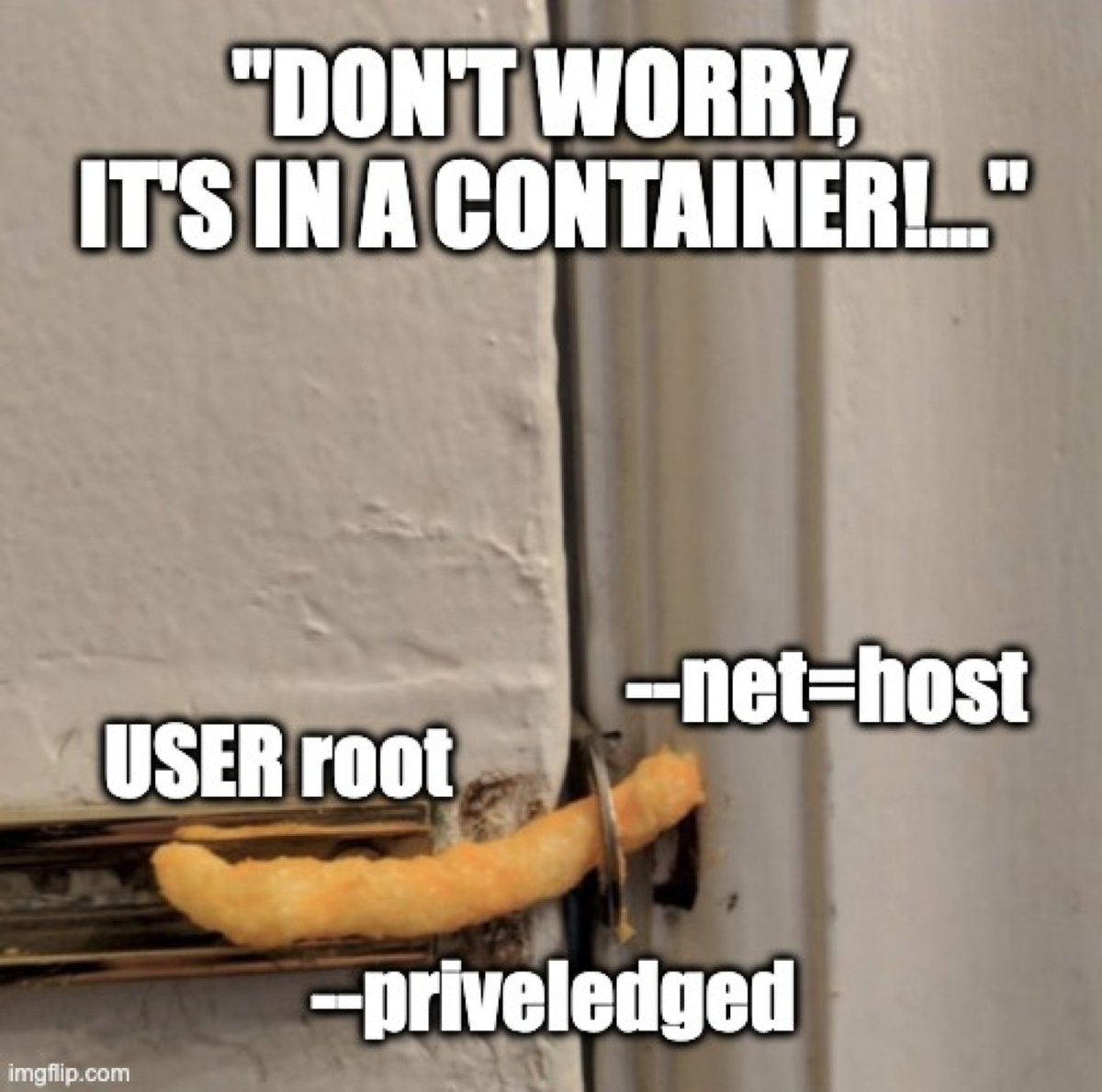What is Docker Networking?
Docker Networking allows you to connect Docker containers together so that they can communicate with each other. This is useful for building complex applications that are made up of multiple containers, each with its own functionality.
Docker Networking also allows you to isolate containers from each other, providing an added layer of security. Additionally, Docker Networking makes it easy to connect containers to external networks, such as the internet, and to other Docker hosts.

Docker Network Types
Docker supports several types of network drivers that provide different ways to connect containers together. Here are some of the most common Docker network types:
- Bridge Network: The default network type in Docker, a bridge network is a private network that allows containers to communicate with each other using IP addresses. Containers on a bridge network can communicate with each other but are isolated from the host machine and external networks.
- Host Network: A host network allows containers to use the host machine's network stack, essentially giving them direct access to the host's network interfaces. This can provide better performance but may not be as secure as other network types.
- Overlay Network: An overlay network allows you to connect containers that are running on different Docker hosts. This is useful for building distributed applications that are made up of multiple Docker hosts.
- Macvlan Network: A macvlan network allows you to assign a MAC address to a container, essentially making it appear as though it is a physical machine on the network. This can be useful for running containers that require direct access to the physical network.
Creating a Docker Network
Creating a Docker network is easy. You can use the docker network create command to create a new network:
This command creates a new Docker network with the name mynetwork.Attaching Containers to a Network
To attach a container to a network, you can use the --network option when you start the container:
This command creates a new container with the name mycontainer and attaches it to the mynetwork network.
Connecting to External Networks
To connect a container to an external network, such as the internet, you can use the --network option to specify the host network:
This command creates a new container with the name mycontainer and attaches it to the host network. The container then uses the host machine's network stack to ping google.com.Create containers and attach them to a network
Step 1: Create a Docker Network
The first step is to create a Docker network that both containers will be attached to. This can be done using the docker network create command:
Step 2: Create the First Container
Next, we'll create the first container and attach it to the mynetwork network. We'll use the docker run command to create the container:
This command creates a new container with the name container1, attaches it to the mynetwork network, and starts the sleep command to keep the container running for 3000 seconds.
Step 3: Create the Second Container
Next, we'll create the second container and attach it to the mynetwork network. We'll use the docker run command again:
Same thing, this command creates a new container with the namecontainer2, attaches it to the mynetwork network, and starts the sleep command to keep the container running for 3000 seconds.
Step 4: Create the Third Container
Now, let's create a third container that is not attached to the mynetwork network. We'll use the docker run command to create the container:
This command creates a new container with the namecontainer3 and starts the sleep command to keep the container running for 3000 seconds. Since we did not specify a network for this container, it will be attached to the default bridge network.
Step 5: Ping One Container from the Other
What is ping
The ping command is commonly used to test the availability and responsiveness of network devices, such as servers or routers. It can help diagnose network connectivity issues, such as packet loss or latency.
When you run the ping command, it will send packets of data to the specified destination, and display the results in the terminal. The output will typically include statistics about the packet transmission, such as the number of packets sent and received, the round-trip time (RTT) for each packet, and any errors or packet loss that occurred during the transmission.
Here's an example of running the ping command:
This command sends packets of data to the Google.com domain name, and displays the results in the terminal. The output will show the RTT for each packet, as well as other statistics about the packet transmission.
Ping container1 from container2
Now that both containers are running and attached to the same network, we can confirm that they can communicate with each other. We'll do this by pinging container1 from container2:
PING container1 (172.19.0.2): 56 data bytes
64 bytes from 172.19.0.2: seq=0 ttl=64 time=0.091 ms
64 bytes from 172.19.0.2: seq=1 ttl=64 time=0.111 ms
mynetwork network.
Now, let's try to ping container1 from container3, which is not attached to the mynetwork network:
container3. Since container3 is not attached to the mynetwork network, it should not be able to communicate with container1. You should see output similar to the following:
This output confirms that container3 is not able to communicate with container1.
Wrap-up
Docker Networking is a powerful feature that allows you to connect Docker containers together so that they can communicate with each other. By mastering Docker Networking, you can build complex applications that are made up of multiple containers, each with its own functionality. You can also isolate containers from each other, connect them to external networks, and build distributed applications that are made up of multiple Docker hosts.